Sixty years ago today, a spacecraft destined to carry a man into Earth orbit ended up a crumpled mess in 60 feet (18 meters) of water, just off Cape Canaveral. NASA’s Mercury-Atlas-1 (MA-1) mission, launched atop a powerful Atlas-D booster from the Cape’s Pad 14, was intended to evaluate the performance of a human-rated spacecraft during maximum thermal and aerodynamic stresses endured during a launch abort and a high-speed descent to the Atlantic Ocean. In time, the Mercury-Atlas system would put America’s first four men into orbit. And MA-1 was to be a short, 18-minute-long suborbital test flight. But on 29 July 1960, the hands of fate turned against it and judged otherwise.
The Atlas rocket—whose descendents continue flying to this day, under the auspices of United Launch Alliance (ULA)—originated in the late 1940s as part of America’s effort to build an intercontinental ballistic missile. Initial studies sought to develop what was described in some quarters as an “Americanized V-2”, with a novel design architecture that could swivel its engines via hydraulic actuators and gyroscopes for flight control. This was later canceled, but after the Soviet Union detonated its first live nuclear device in August 1949, a dramatic turnaround in the U.S. political landscape occurred and by 1951 efforts had resumed to create an American ICBM, with the name “Atlas”.
It also earned the less complimentary nickname of “Gas Bag”, on account of having a stainless steel airframe, thinner than paper, which was rigidized by helium pressurization at between 24.6 psi (1.7 bars) and 60.1 psi (4.2 bars). The result was a huge reduction in the ratio between the Atlas’ structure and its weight, thus permitting the airframe to endure massive aerodynamic loads during launch and ascent. A three-engine design with two boosters and a “sustainer”, together with small verniers, would yield a liftoff thrust of more than 160,000 pounds (72,500 kg). Originally intended as an ICBM, the Atlas found a more peaceable calling when it was pressed into service in the late 1950s to deliver America’s first astronauts into orbit during Project Mercury.
In time, Atlas rockets would launch four U.S. national heroes—John Glenn, Scott Carpenter, Wally Schirra and Gordo Cooper—on multi-orbit missions lasting from several hours to more than a day in space. And next year, it is expected that a descendant of that early Atlas will again pick up the baton of launching humans, when it carries the Boeing-built CST-100 Starliner on its inaugural crewed voyage to the International Space Station (ISS). But before any of this history-making could begin, the Atlas had first to be tried out in an unmanned capacity, laden with the MA-1 Mercury capsule.
And on 29 July 1960, that trial went badly awry.
The countdown to launch that day suffered repeated stops and starts, caused by delays in hooking up pyrotechnics, difficulties with preparing cameras and technical issues associated with topping-off the rocket’s liquid oxygen tanks. A glitch with a light on the test conductor’s console also obliged a slight additional delay, just before liftoff. In addition to these technical gremlins, the weather at the Cape was not on the launch team’s side. Heavy rainfall and low cloud hung ominously over the Space Coast like a shroud of foreboding and consideration was even given to postponing the launch on account that visibility—no greater than 3 miles (4.8 km)—was so poor. Forecasters expected the visibility outlook to improve as the count wore on. In the end, it was determined that the photographic coverage was not so impaired as to justify an additional delay.
It was a decision that many in the launch team would come to regret.
At 8:13 a.m. EST, with her characteristic low-pitched growl and a dramatic flare of her boosters, the 94.3-foot-tall (28.7-meter) Atlas-D ignited and rose ponderously into the early morning gloom. Twenty-seven seconds later, at an altitude of about 7,500 feet (2,300 meters), she vanished into the murk. Nine seconds after that, at an altitude of 11,000 feet (3,350 meters), onlookers on the ground lost sight of even the bright exhaust from herg sustainer engine and boosters. Telemetry downlink from the rocket and the MA-1 capsule continued unabated, however, until just shy of a minute into the mission. At that point, the mission began to unravel rapidly.
The purpose of MA-1 was to demonstrate the integrity and re-entry heating characteristics of the Mercury capsule, which, at that time, was expected to carry a U.S. astronaut into orbit a year or so later. Instrumentation aboard the spacecraft would evaluate its performance during the dynamic descent back to Earth and establish the adequacy of the recovery network and procedures. To this end, the Atlas-D’s guidance system was set up to provide the proper conditions at separation to mimic an in-flight abort, thereby applying maximum critical heating on the capsule’s thermal-protection “shingles”. According to the post-flight investigation report, MA-1 was also intended to simulate “a condition where a complete control system failure is encountered, since the capsule did not employ a stabilization and control system”.
After vanishing totally from view at 36 seconds, the Atlas-D’s flight profile continued normally, before calamity struck at just shy of a minute since liftoff. Investigators would later show that the rocket reached an altitude of about 5.6 miles (9.1 km) and was a couple miles (3.2 km) downrange of the Cape when things started to go wrong. At T+58.5 seconds, the vehicle experienced “a severe impulse disturbance” that was recorded by all accelerometers and rate gyroscopes aboard both the Atlas-D and the MA-1 capsule. The disturbance induced a “forward-acting shock-load of about 25 G on the capsule”, according to post-flight investigators, but in itself did not induce damage to either the rocket or the spacecraft, nor did it cause an appreciable drop in thrust.
Less than a tenth of a second later, telemetry measurements centered upon the upper portion of the Atlas-D suddenly went dead, followed in short order by a decay in propulsion system performance as the automatic abort system commanded a shutdown of the engines. The pressure differential between the liquid oxygen and kerosene tanks dropped to zero and by T+60 seconds all engine thrust was gone. Telemetry vanished, literally, like a blip from a data screen, and multiple objects—presumably debris—appeared on radar. “It appears,” noted the post-flight report, “that sometime between 59.0 and 60.0 seconds, the booster experienced major structural damage.”
Certainly, data from the MA-1 capsule’s instrumentation indicated that violent aerodynamic loads had buffeted the rocket around this time, causing it to pitch over by as much as ten degrees. Nothing was ever seen of the Atlas-D again, so poor were the visibility conditions on the ground.
The MA-1 capsule, however, had a somewhat happier fate. It was successfully separated from the conflagration, although the abort happened too early in the ascent for its parachutes to fully deploy. It attained a peak altitude of eight miles (13 km) and flew 5.9 miles (9.6 km) downrange, before the inexorable tug of gravity dragged it in a “tumbling” fashion.
Its descent to the ocean was tracked on radar at 8:15 a.m. EST—a little over two minutes after liftoff—although visual sighting proved impossible, so poor was the visibility. But the radar measurements enabled predictions that the capsule would splash down between four and seven miles (6.4 and 11.3 km) downrange of the Cape. Helicopter searches throughout the rest of that morning proved fruitless and, as sea conditions took a turn for the worse, with very choppy waves, the attempt was called off at 11 a.m. EST.
Early the next morning, the 30th, the search resumed. Around noon, the first parts of the MA-1 capsule were recovered in approximately 60 feet (18 meters) of water, some 4.6 miles (7.4 km) to the east of Pad 14. It had hit the ocean 220 seconds after liftoff and, though buckled and crumpled after its high-speed return to Earth and hard landing, about 95 percent of the spacecraft was recovered. It had maintained its structural integrity throughout the traumatic flight, until the point of water impact. Today it resides in the Kansas Cosmosphere and Space Center in Hutchinson, Kan. Its hatch, meanwhile, is presently kept at the American Space Museum in Titusville, Fla.
It later became apparent that the Atlas-D’s thin-skinned walls had ruptured as a consequence of vibrations set up by mechanical resonance in the adapter which linked the rocket to the MA-1 capsule. On future missions, a stainless steel reinforcing “belly-band” would be fastened around the upper part of the Atlas and the adapter itself was correspondingly strengthened. When the MA-2 mission launched in February 1961, it flew a perfect suborbital trip, reaching an apogee of 114 miles (183 km) and splashing down in the Atlantic about 18 minutes later. Considered “nominal” in every respect, MA-2 laid to rest the ghost of the MA-1 failure and a significant step forward was achieved in preparing to send the first American into Earth orbit.
.
.
FOLLOW AmericaSpace on Facebook and Twitter!
.
.




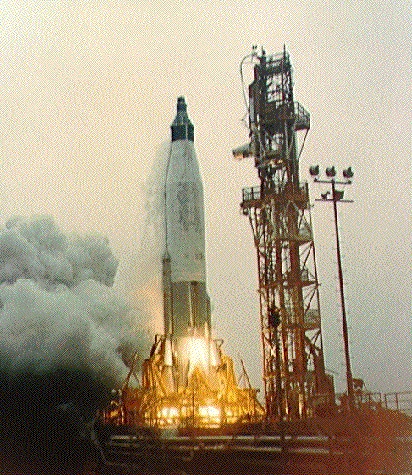
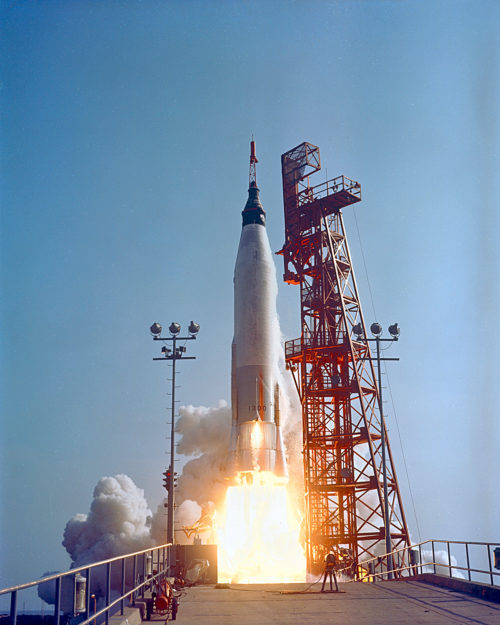
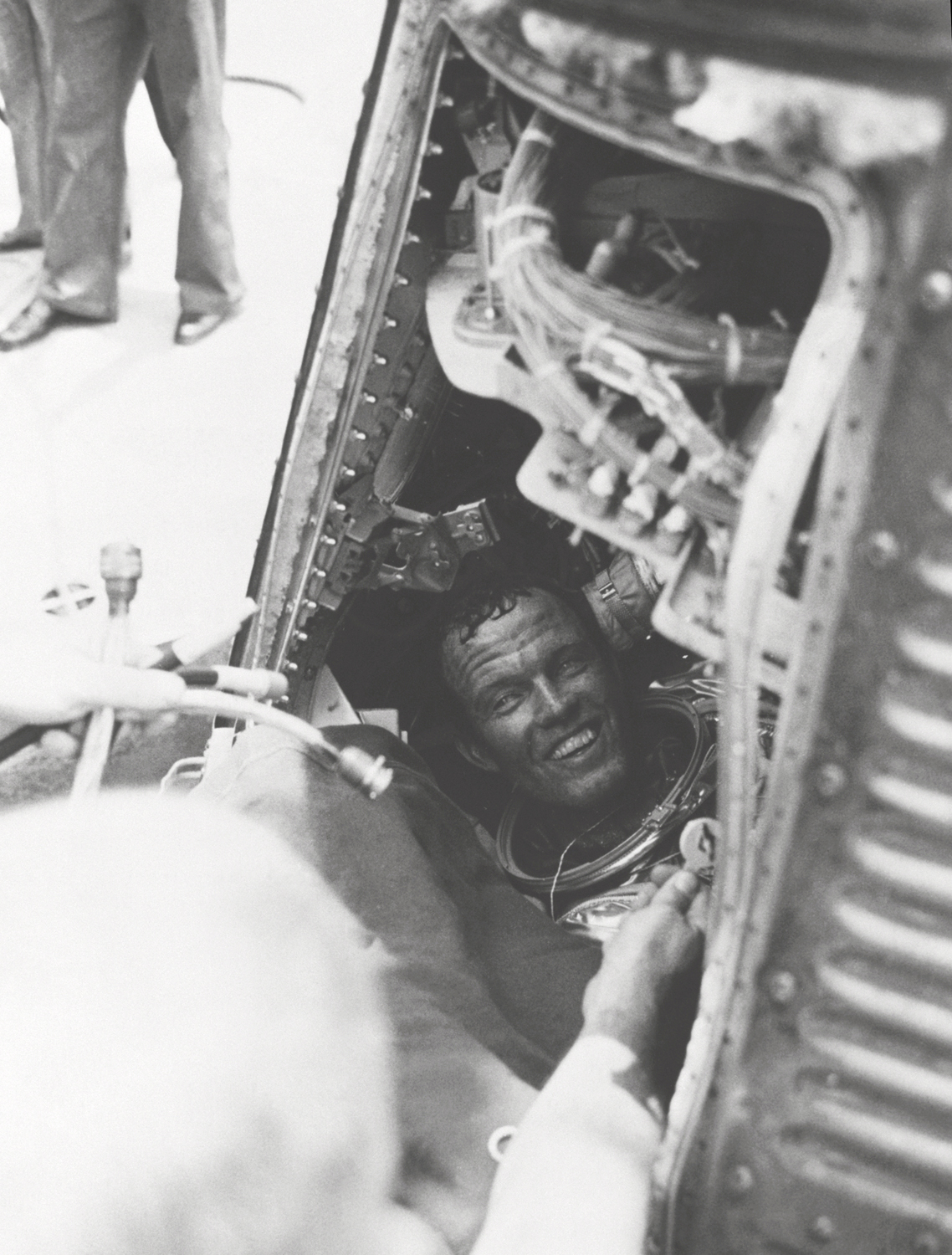
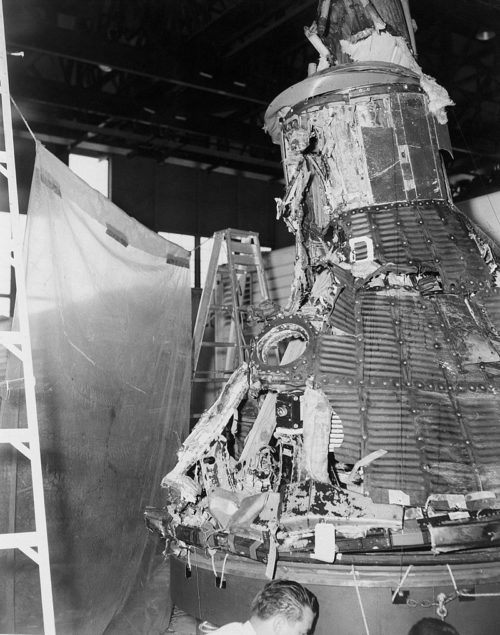
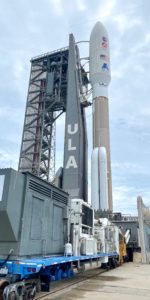
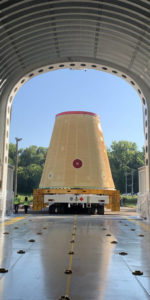
I. Remember this and a lot of those early failures. But we eventually made it!
Ben;
You wrote:
You’re in the right ballpark, but a bit off-target. The cause of the failure was determined by Project Mercury engineer Owen Maynard (https://en.wikipedia.org/wiki/Owen_Maynard), who led the recovery of the MA-1 capsule from the sea floor (in which he performed a 30-foot free-dive to find one particular missing component of the capsule, indeed the crucial Atlas component that was the “smoking gun” that proved his theory), as described in https://en.wikipedia.org/wiki/Mercury-Atlas_1.
In his NASA Oral History interview (https://historycollection.jsc.nasa.gov/JSCHistoryPortal/history/oral_histories/MaynardOE/maynardoe.htm), he stated that his post-flight calculations showed the skin of the launch vehicle just below the spacecraft would have buckled due to the combined drag, acceleration, and bending loads which exceeded the resisting tensile stress in the skin provided by internal pressure. Maynard recalled that “The problem of mating the Mercury capsule to the Atlas was far from being properly resolved at the time of MA-1.” Based on that finding, NASA specified that future Mercury-Atlas launch vehicles add doublers to the skin structure in that area, and that future launch trajectories be shallowed to reduce pitch angle rate, to reduce the bending stress on the launch vehicle.
I had the good fortune to hear this story in-person from Owen, from one space systems engineer to another. My recollection is that he said that the root problem was that the Air Force was not very cooperative with the Mercury program office, when it came to sharing information about “their” launch vehicle. Atlas was a nuclear warhead delivery system, and the USAF was institutionally obsessed with the fear of the USSR spying on them, and rooting out their nuclear secrets (not without cause, of course!). They wanted to keep NASA from knowing anything about the Atlas except for the interface with the Mercury capsule, and the USAF wanted to be in charge of specifying any Atlas design changes needed to accommodate Mercury, and managing the development of those changes, with the Mercury program engineers denied visibility into those. This set up a classic systems-engineering problem, where the rocket and the spacecraft were two “subsystems” of the overall system, each with their own engineering team responsible for their own subsystem, but with no-one truly in charge of getting the overall system right. The buckling problem was due to the USAF and Convair failing to understand properly the flight loads with the Mercury capsule atop the Atlas (as opposed to the nuclear warhead for which Convair had designed their rocket), and the lack of an overall systems engineer to provide oversight kept this problem from being discovered pre-flight.
Owen came up with the buckling explanation fairly quickly after the launch failure, but encountered rancour from USAF when he proposed it — because they saw it as “NASA blaming the USAF” rather than (one of the leading systems engineers on the overall team trying to get to the root problem, so that it could be fixed.” His theory was therefor greeted with skepticism, basically not being taken seriously by the USAF and Convair. The reason he went to the length of free-diving to the Atlas wreck, was because he believed that if he could find the skin from the upper part of the rocket, it would show evidence of buckling; the USAF was uninterested in recovering the wreckage. Owen dove the wreck, found the Atlas skin part he was looking for, retrieved it, and found the buckling signs he expected. And so had the weight of that evidence behind him, to insist that the USAF specify a doubler at the top of the Atlas tank for future Mercury launches.
Caveat: I’m going by memories of conversations with Owen that are more than 20 years in the past, and may have gotten a detail wrong here or there. But this story made a strong impression on me at the time (it made a powerful point about the importance of doing systems engineering properly), and I believe I’ve gotten it essentially correct.